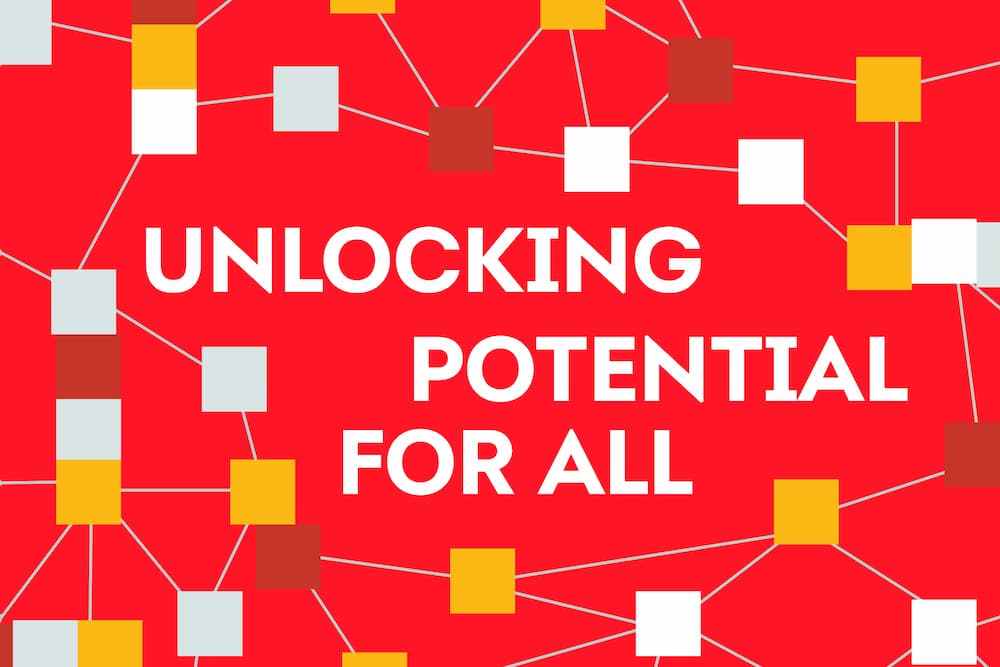High-trust leadership, Leadership & Management, Listening
The power of active listening and co-creating the employee experience.
Great workplaces understand that the employee experience drives business success.
Synchrony is one of those companies. Its leaders are laser-focused on creating a high-performing, people-first culture. They’re on a mission to help all employees succeed personally and professionally.
In a decision led by President and CEO Brian Doubles, Synchrony redefined leadership expectations so all employees — more than half of whom work on the frontline — are seen and heard.
An immersive leadership program shifted behaviors and mindsets, embracing vulnerability, feedback, and real-time coaching. Leaders prioritized listening to build trust and have deeper, more meaningful conversations with their teams.
The result:
Synchrony’s stock price has doubled, voluntary turnover is at an all-time low, and job applications have skyrocketed by 30%. And it jumped from No. 44 in 2020 to No. 2 in 2025 on the Fortune 100 Best Companies to Work For® List 100 Best Companies to Work For® List.
“We didn’t just talk about leadership behaviors — we made them real. We defined exactly what we expect from our leaders,” Doubles says. “Great leadership isn’t about words on a page — it’s about how we act; how we show up every single day.”
This program, and its impact on business success, is detailed in our new report: “Unlocking Potential For All: The Power of Active Listening and Co-creating the Employee Experience at Synchrony.”
The starting point and key to success? Focusing on the No. 1 leadership behavior: listening. True listening is hard, which is why just one out of every two people feels heard at typical global financial workplaces. At Synchrony, nine out of 10 workers feel heard.
How can other organizations achieve similar success? Here are five ways to collaborate with employees through active listening and co-creation from Synchrony’s playbook:
“To be the best, you need to lead for all. And to do that, you need to listen to all,” says DJ Casto, executive vice president and chief human resources officer.
1. Listen in multiple ways: Make room to listen to all of your employees by creating multiple channels to listen.
Some employees feel more comfortable in one-on-one meetings, others in employee resource groups, and some in town halls. By creating multiple channels to listen, you create opportunities for all voices to be heard. Some ways may include:
- Providing the ultimate safe space for employee voices through the Great Place To Work’s Trust Index™ Survey. Don’t forget to consider follow-up pulse surveys to dive into a particular area or check in with employees on your progress as an organization.
- Engaging employees in focus groups focused on priority topics to understand the roots of their experiences or how their experiences differ.
- Hosting town halls that have interactive elements such as a live Q&A or an anonymous suggestion box.
- Engaging your employee resource groups as diverse partners or already-established focus groups.
“To be the best, you need to lead for all. And to do that, you need to listen to all,” -- DJ Casto, executive vice president and chief human resources officer.
2. Follow-up on feedback: It's important to ask for feedback, but it's even more important to show your employees that their voices were heard.
Share what you plan to do with the feedback you received. Many companies forget to act on feedback, but don't make this mistake. Let your employees know the common themes that were shared, the actions you plan to take, and the reasons behind your decisions.
3. Strengthen manager–employee connections: Encourage managers to have frequent one-on-one manager check-ins with employees to support them in and outside of work.
Coach them to listen empathically without feeling the need to solve every issue. Offer conversation starters to help managers connect with employees on a deeper level, such as: “Do you feel like you have good balance? How are things going for you outside of your work? What resources would be helpful to make sure you have the balance you need to be your best when you’re at work and at home?”
Employees who talk to their managers regularly are more likely to feel heard than those who communicate less frequently.
4. Engage your employees in co-creation. Many companies are top-down, handing decisions to employees and not including them in the process. Synchrony has turned the traditional employee–employer contract on its head.
By listening to employees and incorporating their suggestions, Synchrony has developed programs more quickly and effectively. Allow listening to guide innovation and co-design products, programs, and policies with employees.
5. Pilot and test: Take a cue from the start-up world and get comfortable launching a minimum viable product (MVP).
This strategy involves testing, iterating, and rolling out MVPs based on employee feedback, allowing you to get to the right answer faster. By piloting early programs, you are backing up your words with swift action and showing how you prioritize your employees.
Synchrony’s approach has unlocked the personal and professional potential of all its employees, supporting them in achieving their biggest goals at work and beyond.
Through coaching, feedback, listening, and leader vulnerability, Synchrony has transformed from a great workplace to an even stronger one. The way they got there exemplifies “The Great Place To Work Effect” in action: Leaders shape the employee experience, which in turn shapes culture, and that culture drives performance.
Get more details and practical tips on how they did this by downloading the report today.
Transform culture into business success
Let our Great Place To Work® Model guide your culture to drive performance. Start your journey with Great Place To Work today.










